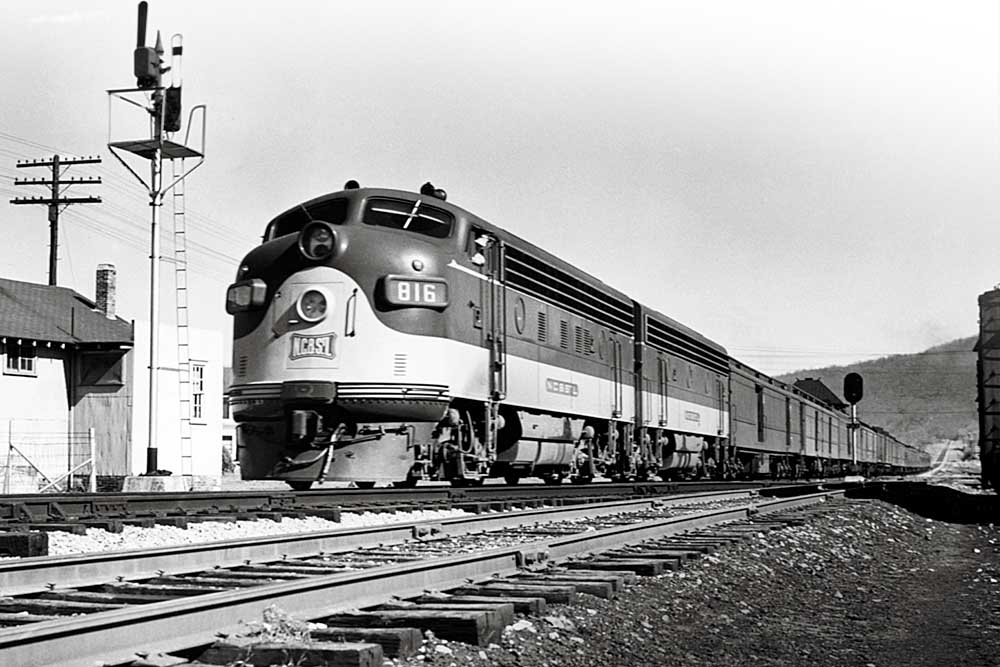
NC&StL locomotives were distinctive but disappeared all too soon. The Nashville, Chattanooga & St. Louis Railway had its share of unique items and was a pioneer. Historian Dain L. Schult says the “NC,” as it was known, was the only southern road to try a Camelback and a duplex; neither type worked out. It […]
Read More…
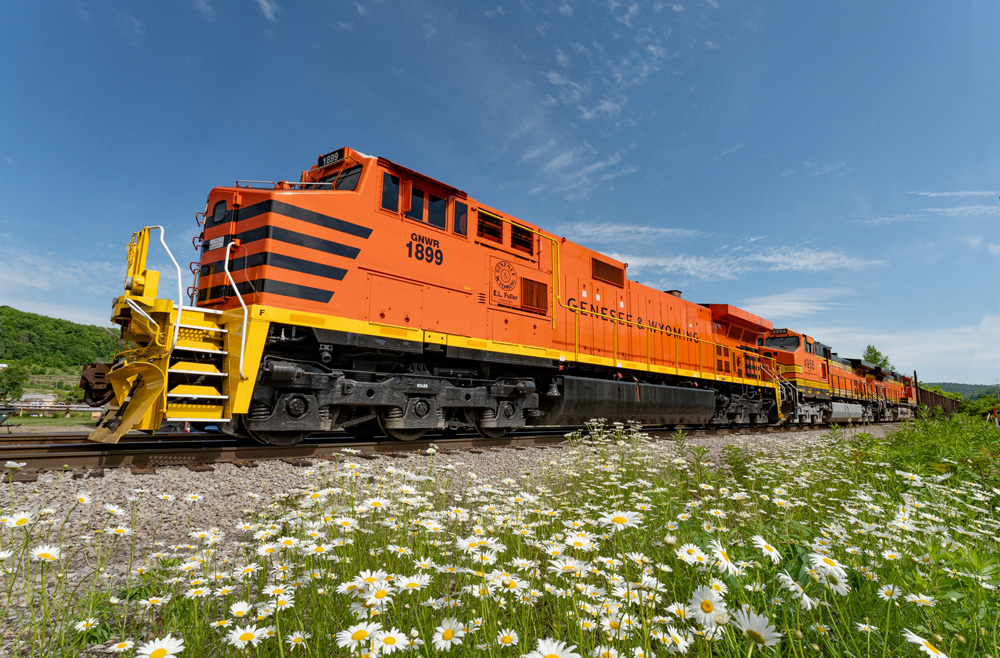
General Electric locomotives One year after Genesee & Wyoming’s June 2023 announcement it was buying second-hand General Electric power from Wabtec to bolster its fleet, the rollout of these locomotives on many of its properties is well underway. The comfort cab-equipped locomotives are part of a vast rearrangement of power on many Genesee & Wyoming […]
Read More…
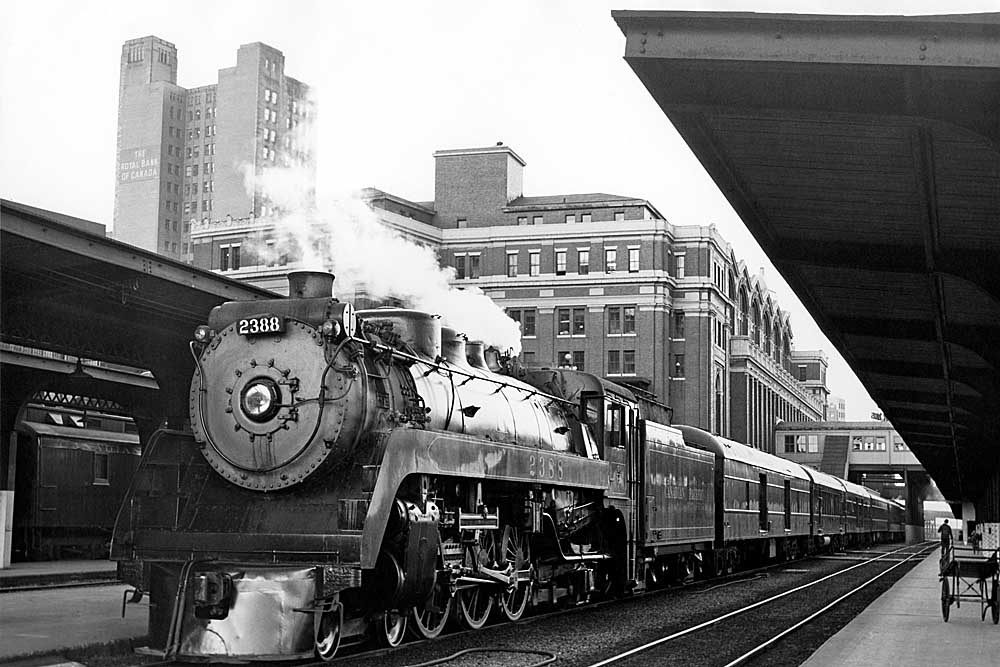
Prior to the Hudsons, Mountains, and Northerns, the 4-6-2 Pacific-type was celebrated as THE passenger locomotive at the turn of the 20th century. Outperformed in later years by their bigger, faster, and stronger successors, the smaller racehorses continued to hold their own until the end of steam along North America’s railroads. Though, it can be […]
Read More…
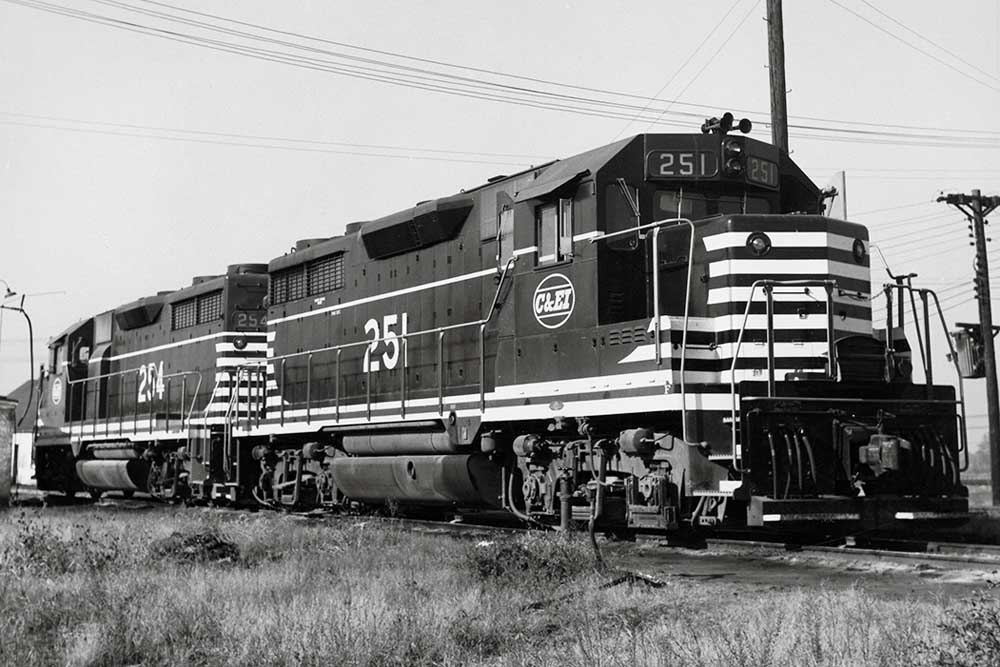
Chicago & Eastern Illinois locomotives served the road well through many decades of operation. C&EI was a coal-hauling railroad and, other than some early switchers, stuck with steam through World War II. Three E7s and a bunch of F3s made quick work of dieselizing the line from 1946 onward, with the last steam […]
Read More…
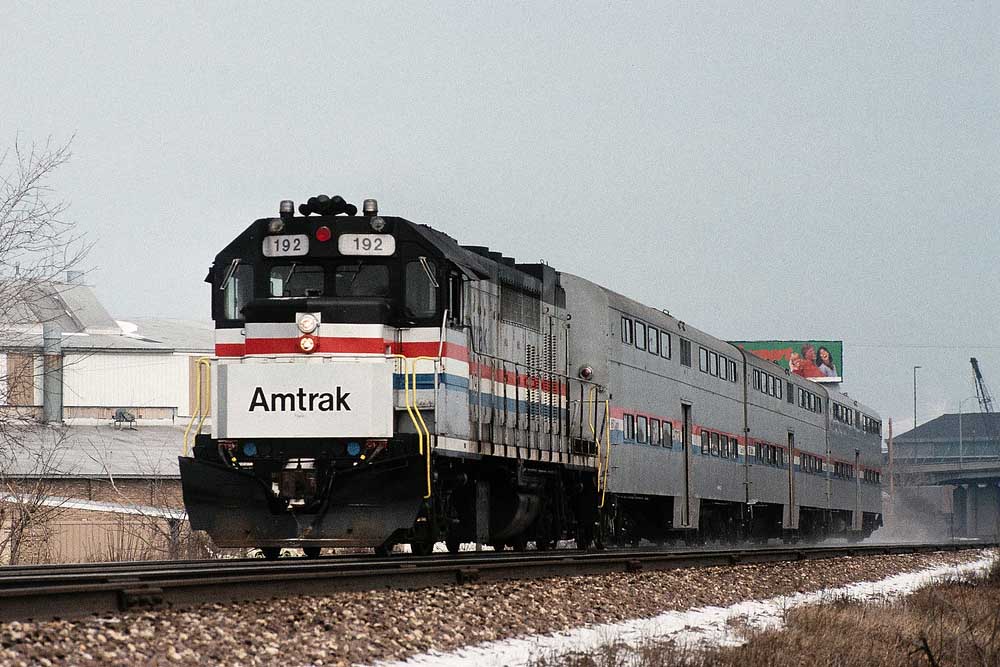
Amtrak GP40 diesel locomotives came in two flavors: eight former GO Transit GP40TCs acquired in October 1988 and 15 straight GP40s leased between May 1991 and June 1993. The 3,000 hp GP40 is a standard bearer of freight motive power in the second half of the 20th century. Introduced by EMD in 1968, the model […]
Read More…
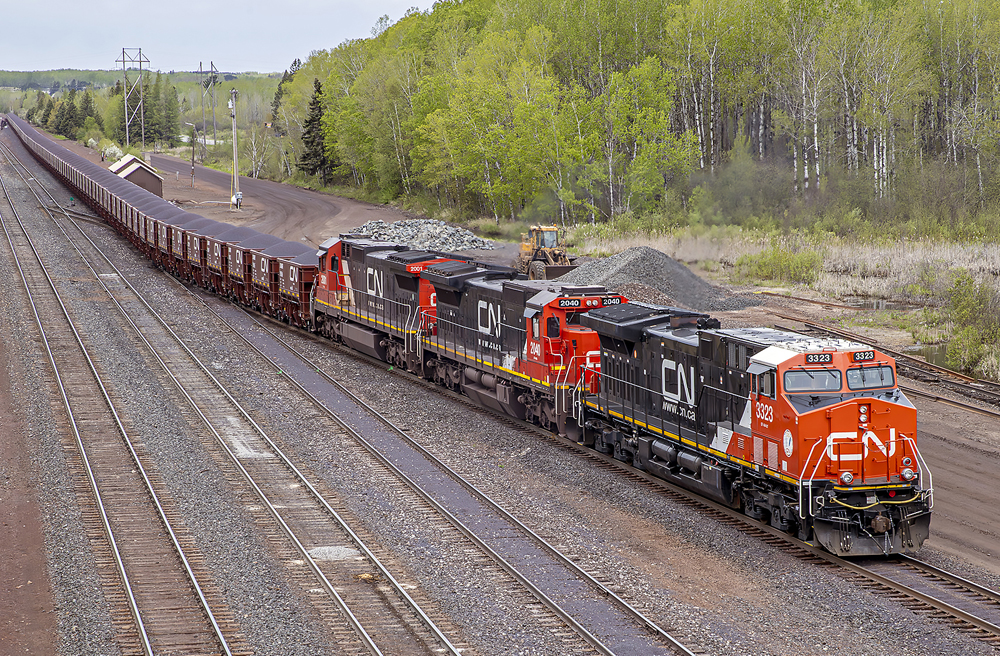
DC-to-AC rebuild During the middle of May, Canadian National tested its first modified DC-to-AC rebuild on an ore train in northern Minnesota. This is the first step to replacing a fleet of older General Electric locomotives that were built over three decades ago and currently handle the majority of the region’s ore. Canadian National’s Minnesota […]
Read More…
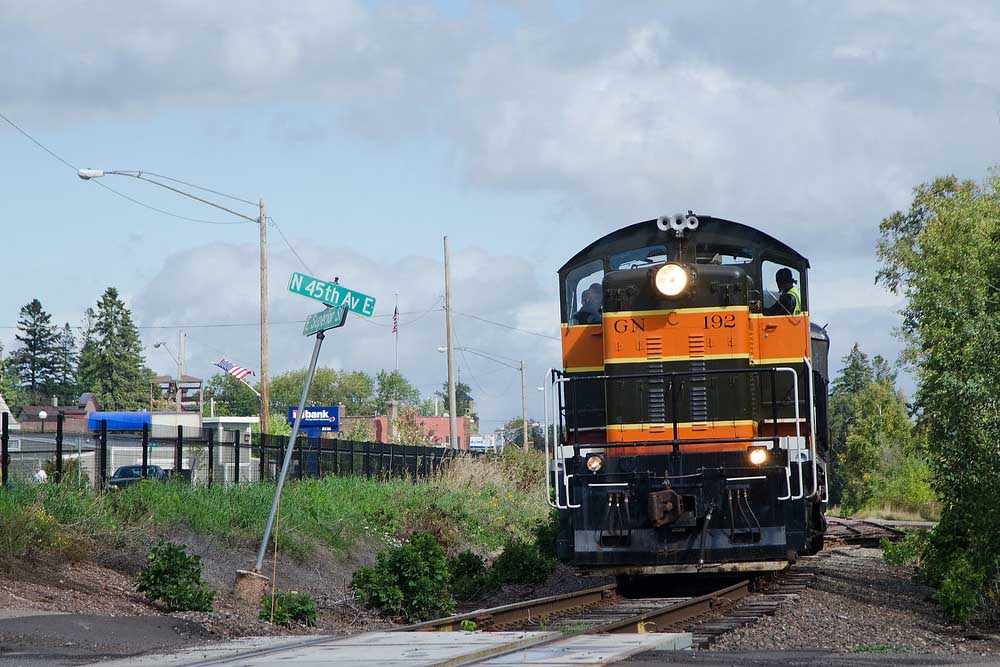
Although some units proved long-lived, the EMD NW5 sold just 13 copies. Although the pre-World War II EMD NW3 was not a stellar seller, after cessation of hostilities in 1945, the builder was keen on revisiting the idea in order to mine the light switcher market dominated by the Alco RS1 and Baldwin […]
Read More…
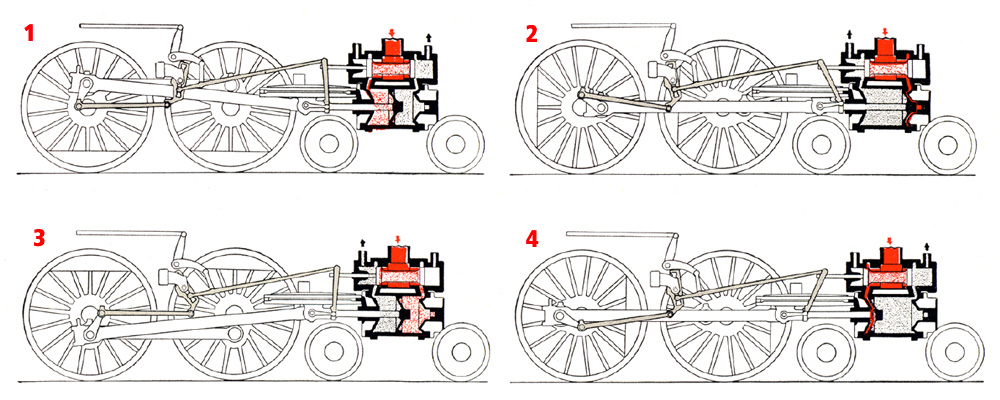
Q: What causes a steam locomotive chuff sound? — Tom Huckaby A: Whether you call it a chuff (the railroader’s term), puff, or chugga-chugga, that distinctive sound is made by spent steam and exhaust smoke escaping through the smokestack of a steam locomotive. For a more detailed explanation of what’s going on in a steam […]
Read More…
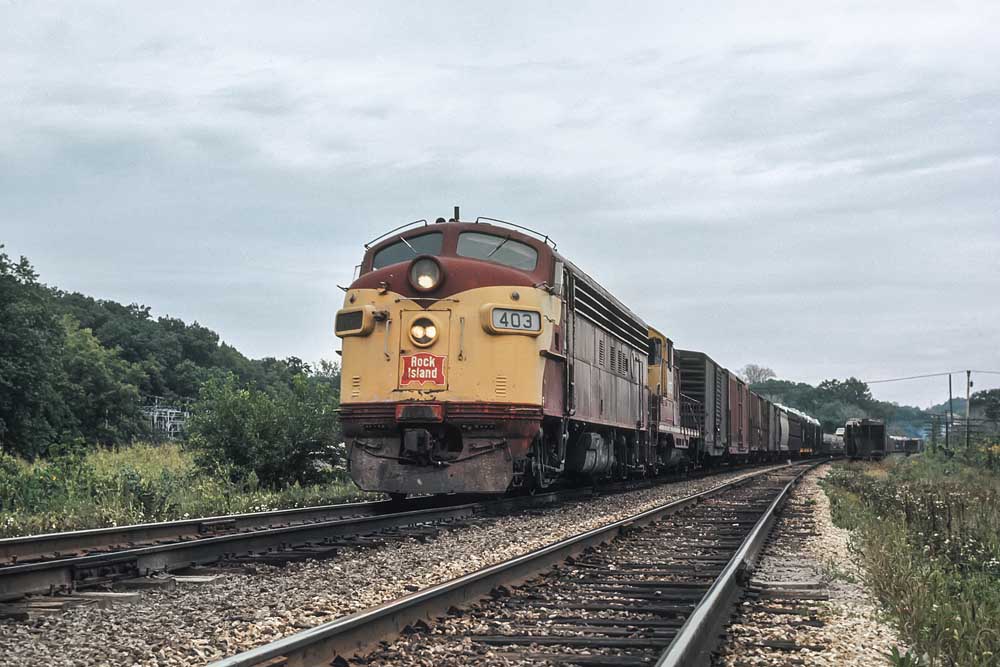
Rock Island locomotives displayed a remarkable lack of diversity in the steam era. In contrast, during the diesel era, the Rock hardly met a locomotive model it didn’t like. In the 20th century, the Rock made heavy use of the 0-6-0 (171), 2-8-0 (562), 2-8-2 (234), 4-6-0 (242), and 4-6-2 (175), types. Perhaps the best-remembered […]
Read More…
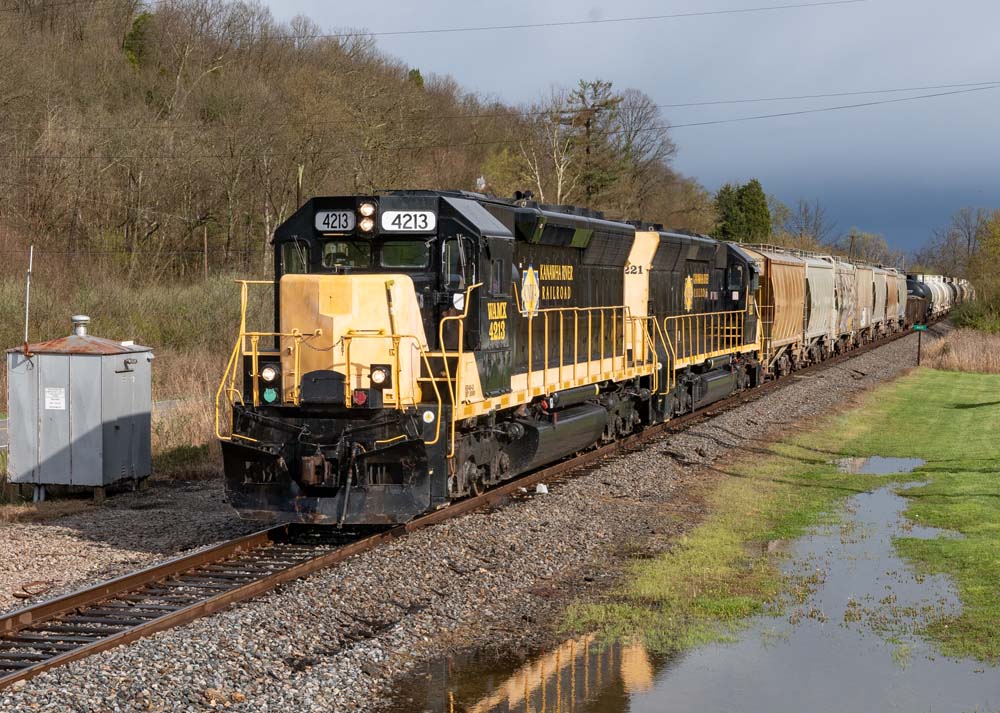
First-generation locomotives First-generation locomotives: The North American locomotive industry is currently into a deep rebuild cycle to keep their rosters reliable and fresh. The high cost and complexity of new locomotives coupled with excess power on Class I rosters have prompted a wave of rebuilding older locomotives rather than purchasing new power. While more simple […]
Read More…
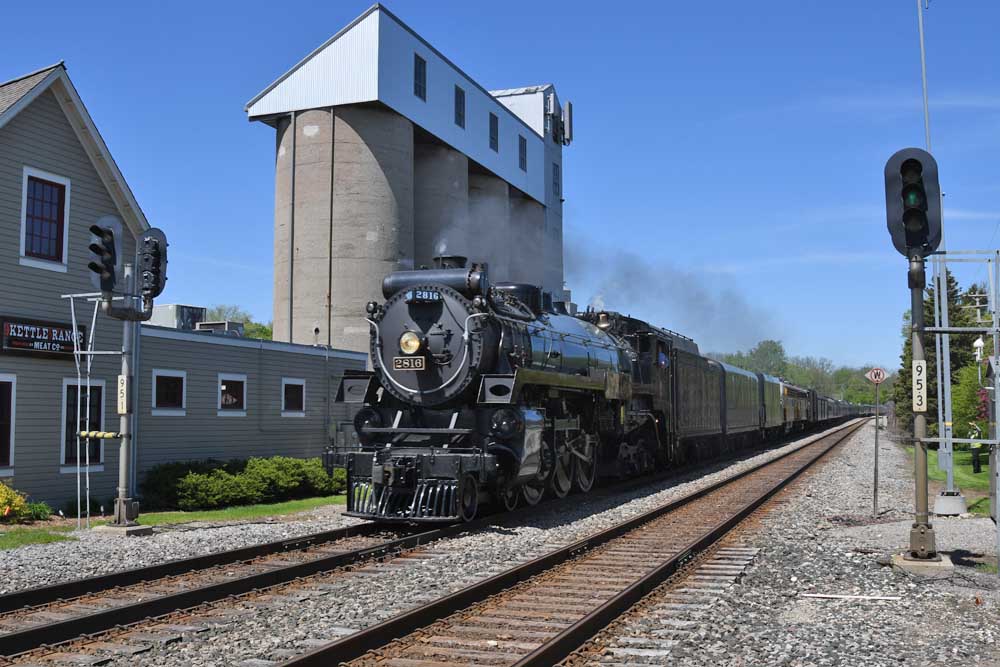
With sunny skies and warm temperatures, there was only thing to do around Milwaukee this past Monday: chase (as best you could) the high-flying Canadian Pacific 4-6-4 No. 2816, deep into its closely watched “Final Spike Anniversary Tour,” organized by CPKC to celebrate the April 2023 merger of Canadian Pacific and Kansas City Southern. The […]
Read More…
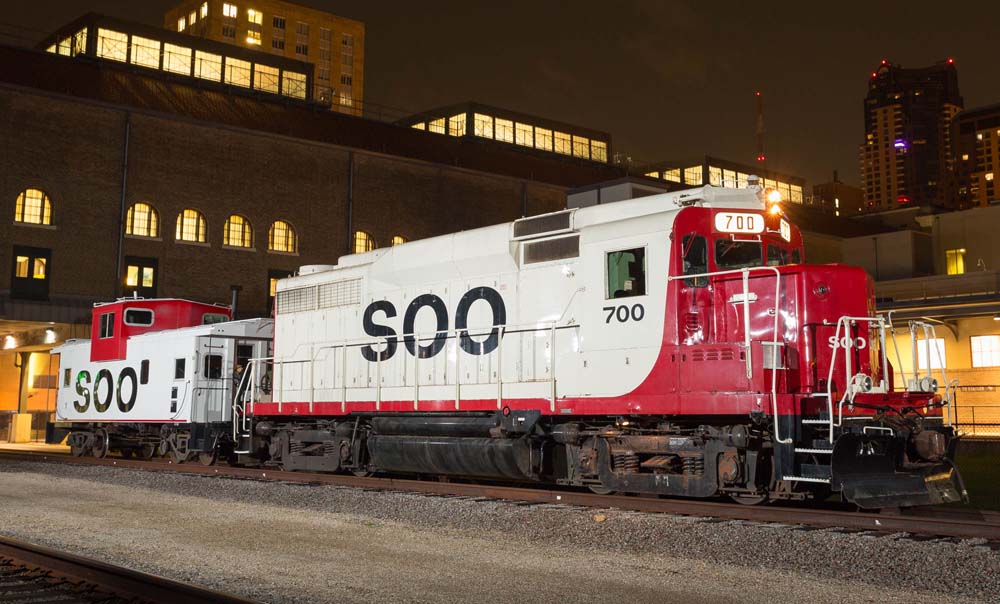
EMD’s GP30 The unmistakable look of EMD’s GP30 model, with its humpback design applied from the automotive styling group of General Motors in Detroit, was a popular model when introduced in the early 1960s. During its short production life from 1961 to 1963 over 900 copies were built for almost 30 customers. As was the […]
Read More…












